-
Your selected country is
Middle East / Africa
- Change country/language
Old Browser
This page has been recently translated and is available in French now.
Looks like you're visiting us from {countryName}.
Would you like to stay on the current country site or be switched to your country?


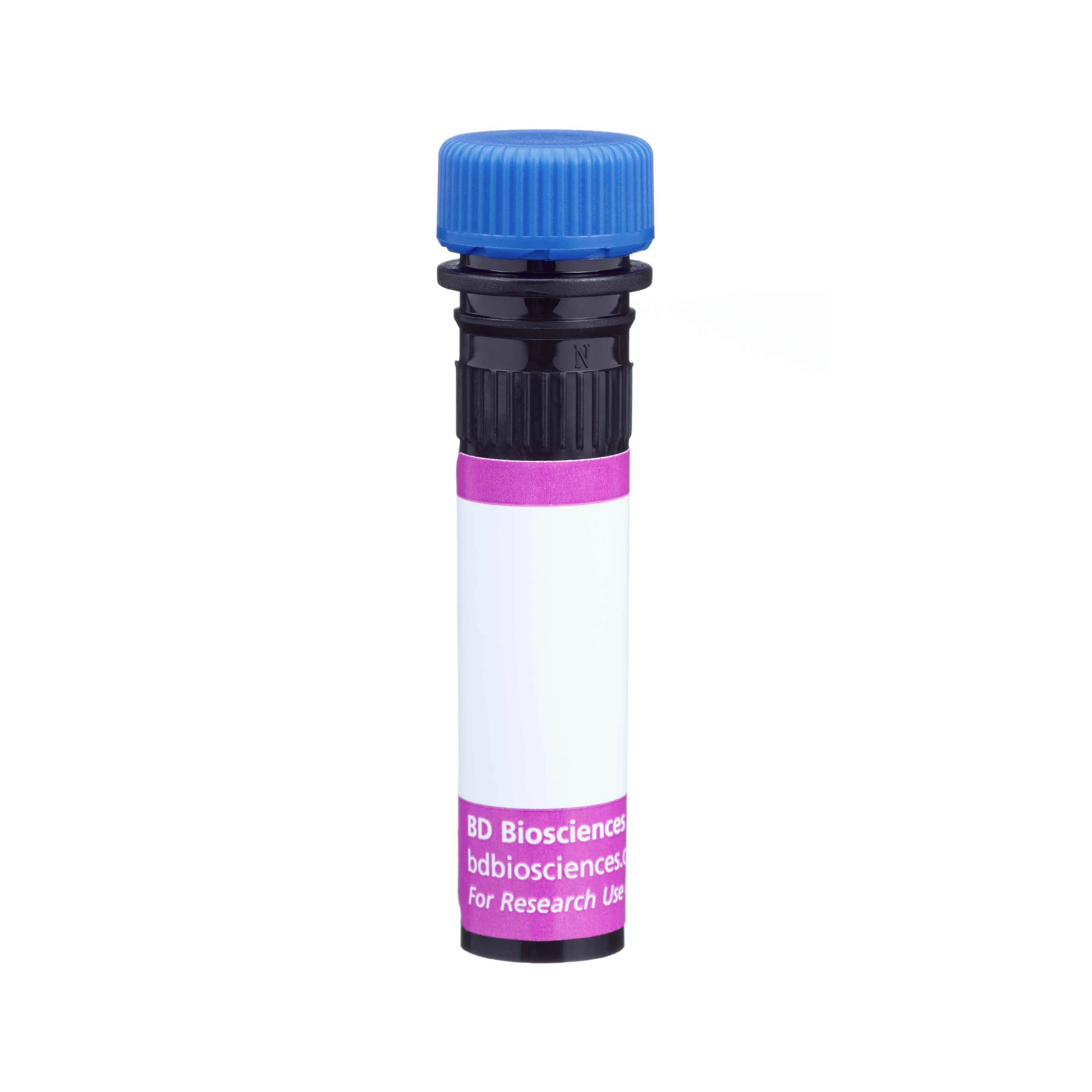

Two-color flow cytometric analysis of Siglec-6 (CD327) expression on peripheral blood lymphocytes. Peripheral blood mononuclear cells (PBMC) were costained with PE Mouse Anti-Human CD19 (Cat. No. 555413 or 561741) and either BD Horizon™ BV421 Mouse IgG2a, κ Isotype Control (Cat. No. 562439; Left Plot) or BD OptiBuild™ BV421 Mouse Anti-Human Siglec-6 (CD327) (Cat. No. 747915; Right Plot) at 0.25 μg/test. The pseudocolor dot plots showing the correlated expression of Siglec-6 (CD327) [or Ig Isotype control staining] versus CD19 were derived from gated events with the forward and side light-scatter characteristics of viable lymphocytes. Flow cytometry and data analysis were performed using a BD LSRFortessa™ X-20 Cell Analyzer System and FlowJo™ software. The above is qualification data only and does not represent a specific OptiBuild™ lot.


BD OptiBuild™ BV421 Mouse Anti-Human Siglec-6 (CD327)

Regulatory Status Legend
Any use of products other than the permitted use without the express written authorization of Becton, Dickinson and Company is strictly prohibited.
Preparation And Storage
Recommended Assay Procedures
BD™ CompBeads can be used as surrogates to assess fluorescence spillover (Compensation). When fluorochrome conjugated antibodies are bound to CompBeads, they have spectral properties very similar to cells. However, for some fluorochromes there can be small differences in spectral emissions compared to cells, resulting in spillover values that differ when compared to biological controls. It is strongly recommended that when using a reagent for the first time, users compare the spillover on cells and CompBead to ensure that BD Comp beads are appropriate for your specific cellular application.
For optimal and reproducible results, BD Horizon Brilliant Stain Buffer should be used anytime two or more BD Horizon Brilliant dyes are used in the same experiment. Fluorescent dye interactions may cause staining artifacts which may affect data interpretation. The BD Horizon Brilliant Stain Buffer was designed to minimize these interactions. More information can be found in the Technical Data Sheet of the BD Horizon Brilliant Stain Buffer (Cat. No. 563794/566349) or the BD Horizon Brilliant Stain Buffer Plus (Cat. No. 566385).
Product Notices
- The production process underwent stringent testing and validation to assure that it generates a high-quality conjugate with consistent performance and specific binding activity. However, verification testing has not been performed on all conjugate lots.
- Researchers should determine the optimal concentration of this reagent for their individual applications.
- An isotype control should be used at the same concentration as the antibody of interest.
- Caution: Sodium azide yields highly toxic hydrazoic acid under acidic conditions. Dilute azide compounds in running water before discarding to avoid accumulation of potentially explosive deposits in plumbing.
- For fluorochrome spectra and suitable instrument settings, please refer to our Multicolor Flow Cytometry web page at www.bdbiosciences.com/colors.
- BD Horizon Brilliant Stain Buffer is covered by one or more of the following US patents: 8,110,673; 8,158,444; 8,575,303; 8,354,239.
- BD Horizon Brilliant Violet 421 is covered by one or more of the following US patents: 8,158,444; 8,362,193; 8,575,303; 8,354,239.
- Pacific Blue™ is a trademark of Molecular Probes, Inc., Eugene, OR.
- Please refer to http://regdocs.bd.com to access safety data sheets (SDS).
- Please refer to www.bdbiosciences.com/us/s/resources for technical protocols.
Companion Products
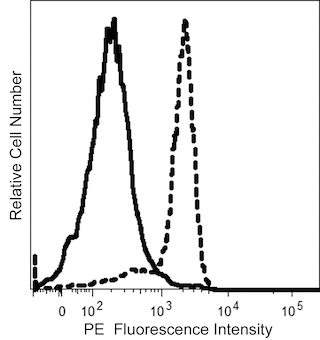
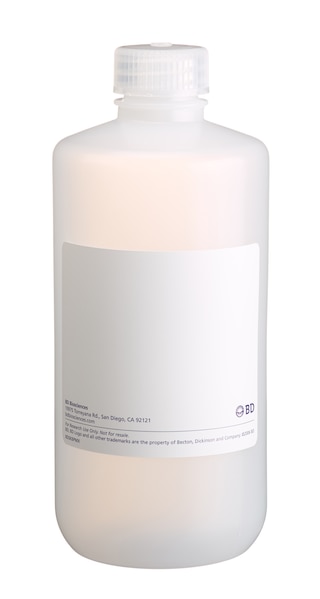
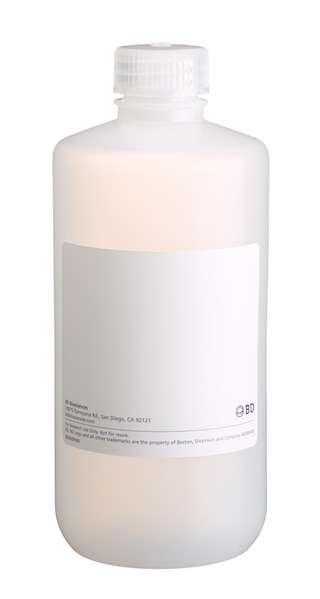
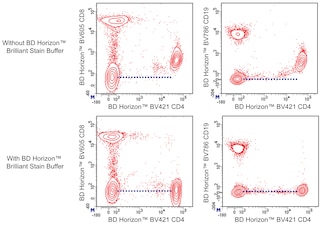
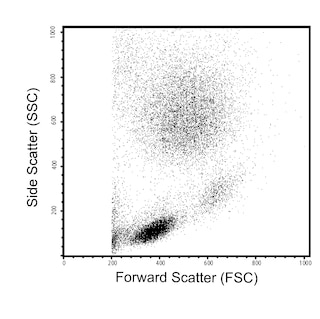
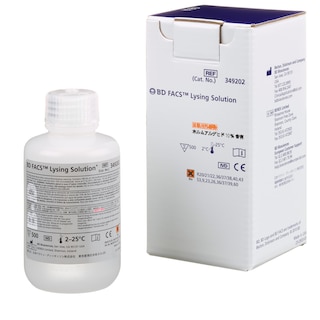
The 767329 monoclonal antibody specifically recognizes Sialic acid-binding Ig-like lectin 6 (Siglec-6) which is also known as Obesity-binding protein 1 (OB-BP1), CD33 antigen-like 1 (CD33L1), or CD327. Siglec-6 (CD327) is a type I transmembrane glycoprotein that is encoded by SIGLEC6 which belongs to the Sialic acid-binding Ig-like lectins (Siglecs) superfamily. Siglec-6 (CD327) has one N-terminal Ig-like V-set domain followed by two Ig-like C2-type domains in its extracellular region. Its intracellular region has an immunoreceptor tyrosine-based inhibitory motif (ITIM) as well as a signaling lymphocyte activating molecule (SLAM)-like motif that can serve as a docking site for SAP (SLAM-associated protein). This I-type lectin can also exist in a soluble form of the extracellular region that lacks the transmembrane and cytoplasmic regions. Siglec-6 (CD327) is expressed on placental trophoblasts and B cells and at low levels on neutrophils. It specifically recognizes sialyl Tn-containing molecules and binds to leptin and is involved in cellular interactions and signaling.
The antibody was conjugated to BD Horizon BV421 which is part of the BD Horizon Brilliant™ Violet family of dyes. With an Ex Max near 407 nm and Em Max near 421 nm, BD Horizon BV421 can be excited by the violet laser (405 nm) and detected with a 450/50 nm filter. BD Horizon BV421 conjugates are very bright, often exhibiting a 10 fold improvement in brightness compared to Pacific BlueTM conjugates. Due to nearly identical excitation and emission properties but different spillover characteristics, BD Horizon BV421, Pacific Blue, and BD Horizon V450 cannot be used simultaneously.

Development References (3)
-
Botting RA, Bertram KM, Baharlou H, et al. Phenotypic and functional consequences of different isolation protocols on skin mononuclear phagocytes.. J Leukoc Biol. 2017; 101(6):1393-1403. (Clone-specific: Flow cytometry). View Reference
-
Madge PD, Maggioni A, Pascolutti M, et al. Structural characterisation of high affinity Siglec-2 (CD22) ligands in complex with whole Burkitt's lymphoma (BL) Daudi cells by NMR spectroscopy.. Sci Rep. 2016; 6:36012. (Clone-specific: Flow cytometry). View Reference
-
Takei Y, Sasaki S, Fujiwara T, Takahashi E, Muto T, Nakamura Y. Molecular cloning of a novel gene similar to myeloid antigen CD33 and its specific expression in placenta.. Cytogenet Cell Genet. 1997; 78(3-4):295-300. (Biology). View Reference
Please refer to Support Documents for Quality Certificates
Global - Refer to manufacturer's instructions for use and related User Manuals and Technical data sheets before using this products as described
Comparisons, where applicable, are made against older BD Technology, manual methods or are general performance claims. Comparisons are not made against non-BD technologies, unless otherwise noted.
For Research Use Only. Not for use in diagnostic or therapeutic procedures.
Report a Site Issue
This form is intended to help us improve our website experience. For other support, please visit our Contact Us page.